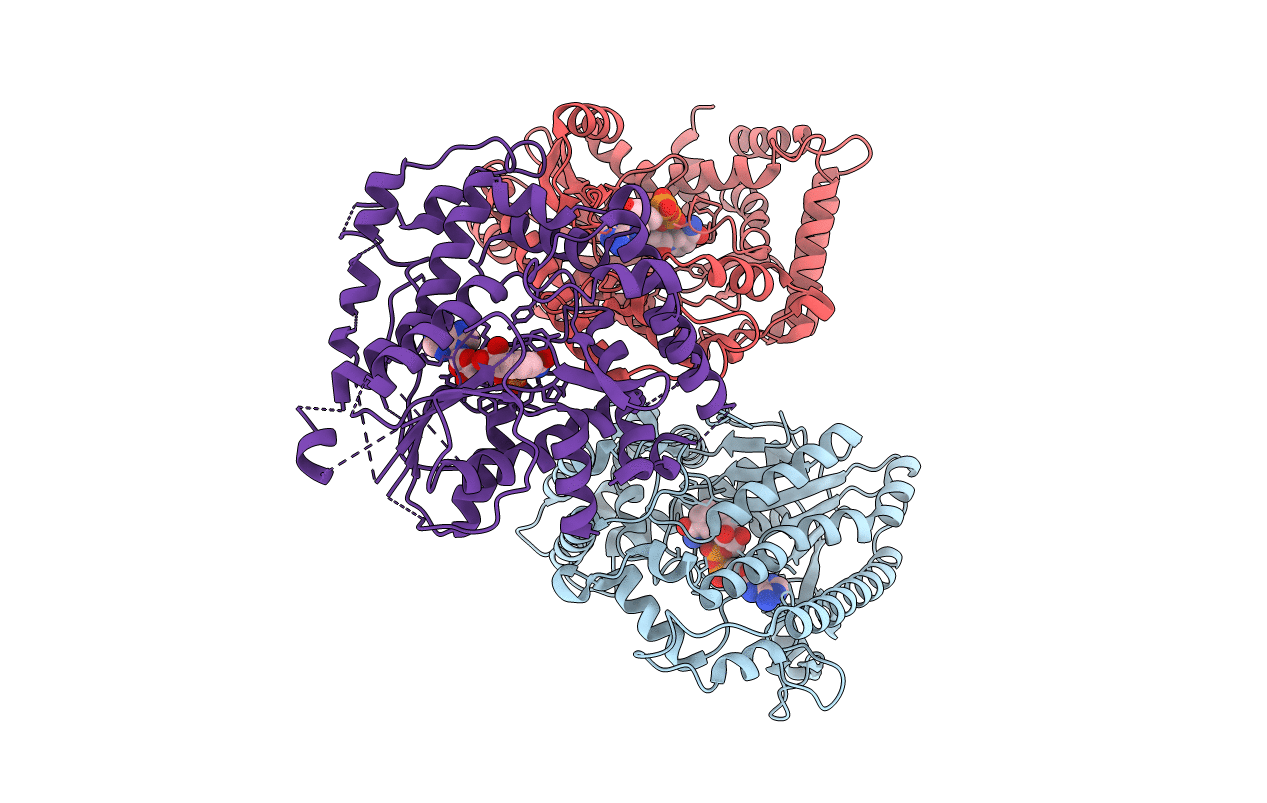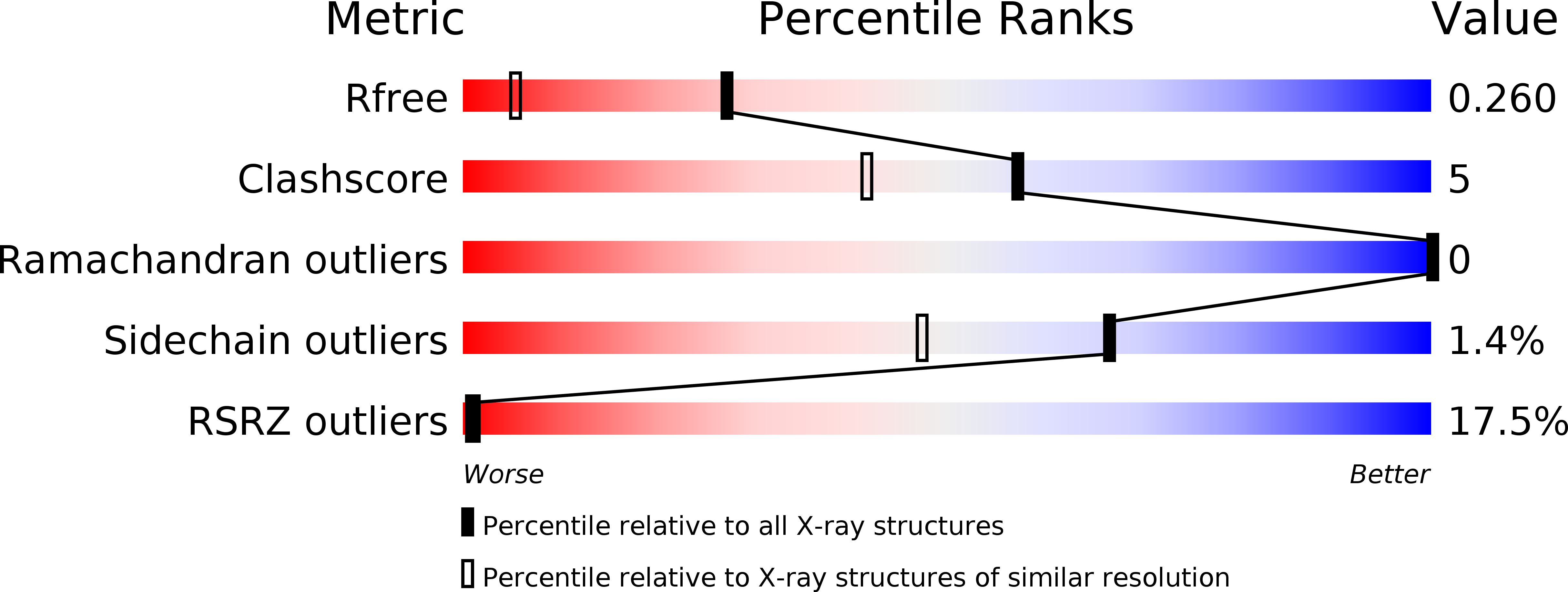
Deposition Date
2019-07-17
Release Date
2020-05-20
Last Version Date
2024-03-27
Entry Detail
PDB ID:
6KIA
Keywords:
Title:
NADH bound structure of FabMG, novel type of Enoyl-acyl carrier protein reductase
Biological Source:
Source Organism:
uncultured bacterium (Taxon ID: 77133)
Host Organism:
Method Details:
Experimental Method:
Resolution:
1.60 Å
R-Value Free:
0.25
R-Value Work:
0.22
R-Value Observed:
0.22
Space Group:
P 21 21 21


